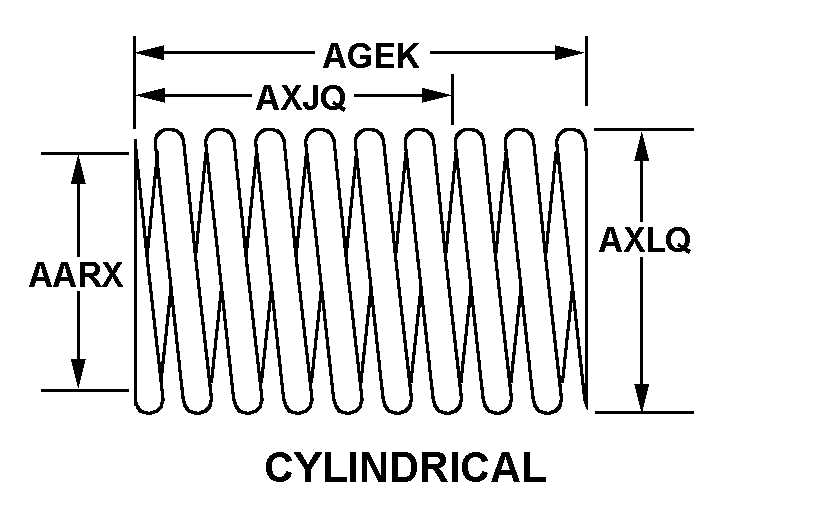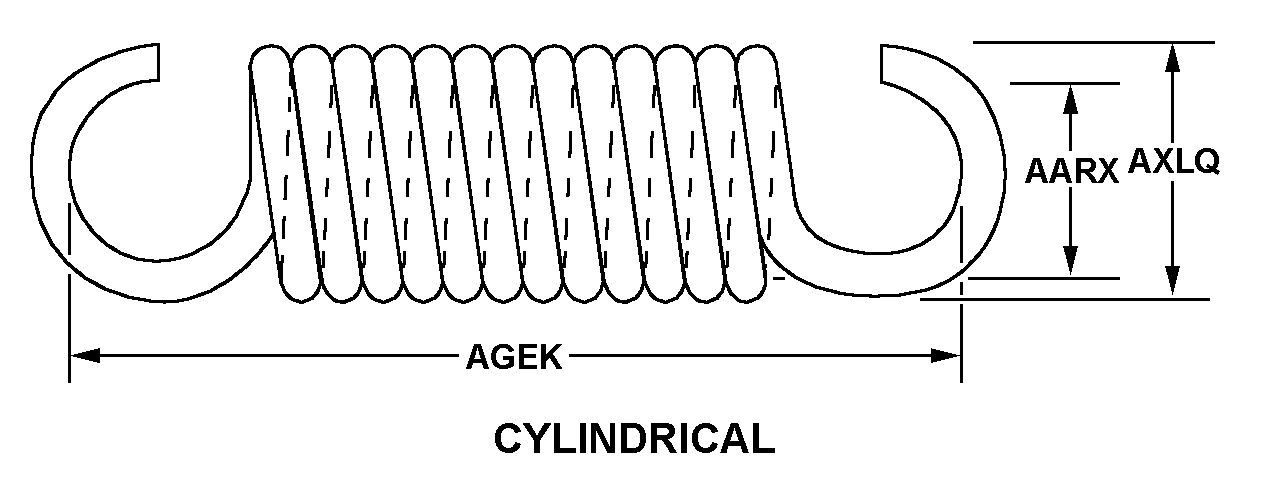5360011247593
Price Quote Get an up to date pricing and availability quote for this product. Order online or over the phone.
Quality Commitment
Serving our customers with quality and safety first.
- AS9120 Certified
- Audited supply chain
- ITAR Registered
- DDTC Registered
- HAZMAT Certified
- Customer service objectives
- Every product 100% inspected

5360-01-124-7593 Specification Set by the OEM (see RNCC code 3)
0.310in.
spring end, plain both ends
5 1/2
RIGHT-Hand or LEFT-Hand
0.380in.
hsolid height - not over 0.16 high; free height - 0.75 max; load at 0.2 inch = 2 lbs 10 oz max; load at assembled height, 0.375 inch = 1 lb 5 oz min; spring plunger restraining used for delay plunger M1
steel uns K08500
astm A228 assn std single material response
cylindrical
Cross Reference Parts Part numbers that meet the specification outlined on this page and set by the OEM
Identification Item Identification Guide (IIG) and Item Name Code (INC)


Definition Definition of approved item name (AIN): "SPRING,HELICAL,COMPRESSION"
An open coiled spring, wound in various forms and from different shapes and types of materials and finished at the ends, designed to provide resistance to compression forces. Excludes springs designed for thermal actuation (springs in which the torsion forces are designed to be counteracted by changes in temperature) and spring, reinforcing, hose.
5360-01-124-7593 Material Hazmat, Precious Metals, Criticality, Enviroment, and ESD
Indicates there is no data in the hmirs and the nsn is in a fsc not generally suspected of containing hazardous materials.
Item does not contain precious metal.
Represents items with no adp components
The item does not have a critical feature such as tolerance, fit restrictions or application. nuclear hardness properties have not been determined (not valid for input).
Identification Codes
HMIC: Hazardous Material Indicator Code. A one position code that identifies a hazardous item.
PMIC: Precious Metal Indicator Code. A one position code which identifies items that have precious metals as part of their content. precious metals are those metals generally considered to be uncommon, highly valuable, and relatively superior in certain properties such as resistance to corrosion and electrical conductivity.
ESD: Electrostatic Discharge. Indicates if an item is susceptible to electrostatic discharge or electromagnetic interference damage. electrostatic discharge damage occurs when an accumulation of static electricity generated by the relative motion or separation of materials is released to another item by direct contact. electromagnetic interference damage occurs when an item comes into proximity with an electrostatic or magnetic field.
ENAC: Enviromental Attribute Code. Identifies items with environmentally preferred characteristics.
CRITL: Criticality Indicator Code. Indicates an item is technically critical by tolerance, fit, application, nuclear hardness properties, or other characteristics.






